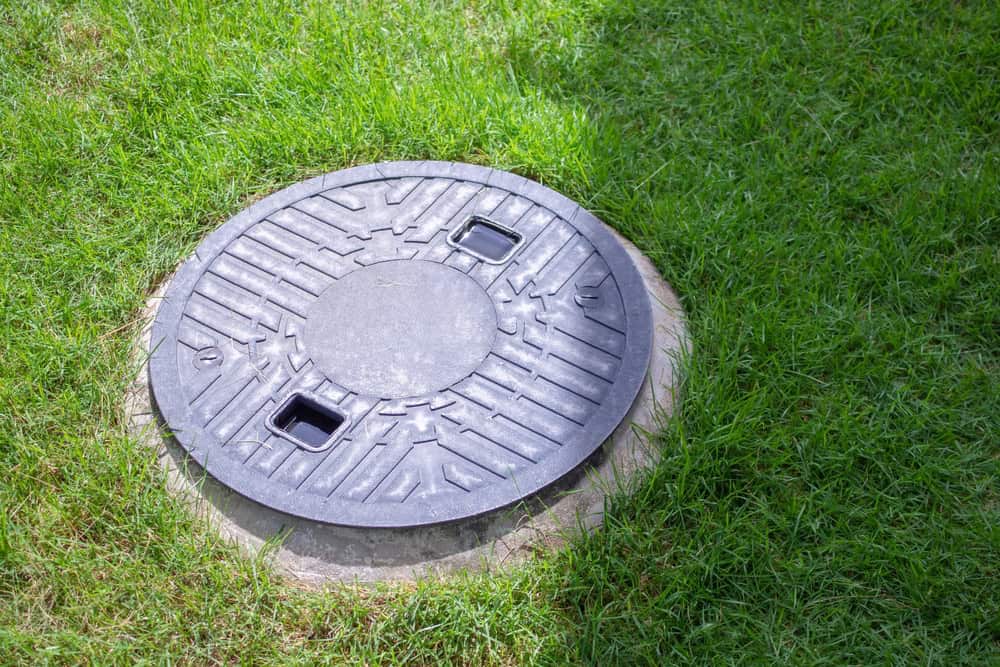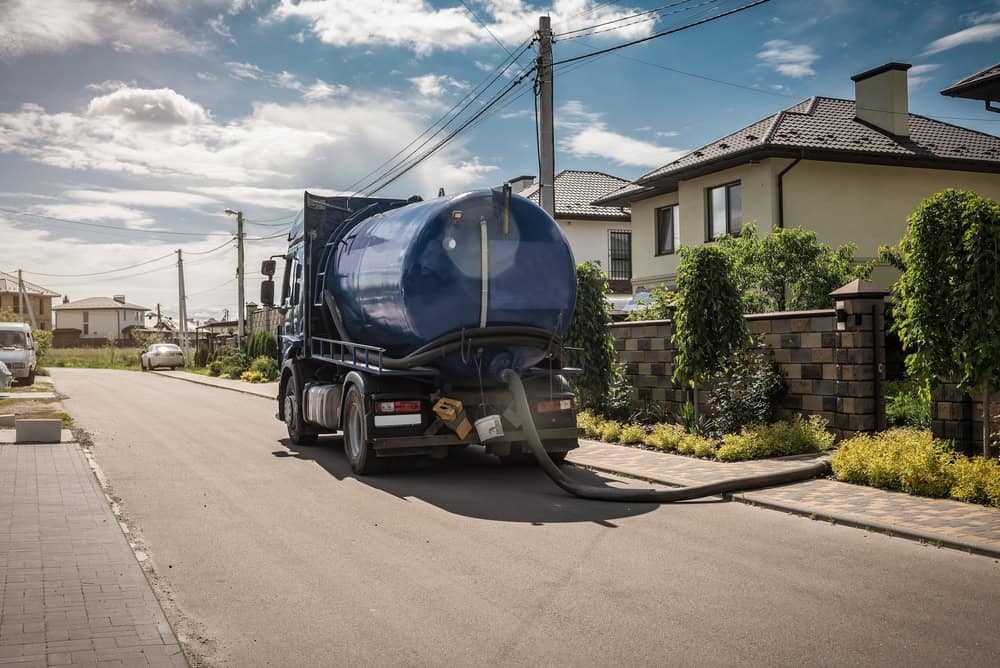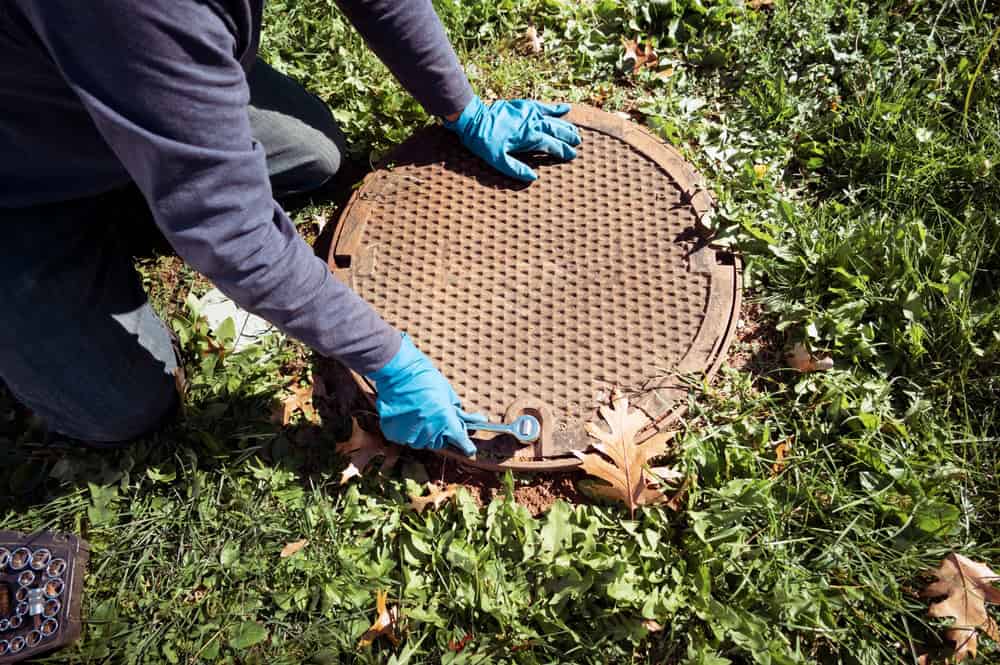Professional septic tank pumping that prevents expensive emergencies and keeps your system running smoothly for years.

Hear from Our Customers

When your septic system is properly maintained, you don’t think about it. No mysterious odors in your yard. No slow drains or gurgling toilets. No panic calls to emergency services at 2 AM because sewage is backing up into your basement.
Regular septic tank pumping prevents the buildup of solids that cause these problems. Your drains flow freely. Your system processes waste efficiently. You avoid the stress and expense of emergency repairs that can cost thousands.
Most importantly, you protect your family’s health and your property value. A well-maintained septic system is an invisible asset that keeps working year after year without drama or expensive surprises.
We’ve been serving Stony Brook and Suffolk County homeowners for years. We understand the unique challenges of Long Island’s high water table and sandy soil conditions that affect how septic systems perform.
Our technicians are licensed, insured, and experienced with the specific septic system types common in this area. We’ve seen what works and what doesn’t when it comes to keeping these systems running properly.
We’re not the cheapest option, and that’s intentional. You’re investing in proper equipment, experienced service, and the peace of mind that comes from working with professionals who do the job right the first time.

We start by locating and accessing your septic tank, which can be challenging if it hasn’t been pumped recently. Our technicians know where to look and how to safely expose the access ports without damaging your landscaping.
Next, we pump out all liquid and solid waste using professional vacuum equipment. This isn’t just about removing what’s floating on top – we remove the accumulated sludge from the bottom that causes most septic problems.
During pumping, we inspect your tank for cracks, damaged baffles, or other issues that could cause future problems. We’ll let you know what we find and whether any repairs are needed. Finally, we properly dispose of all waste at licensed facilities and restore your property to its original condition.

Ready to get started?
Our septic tank pumping service includes complete removal of both liquid waste and accumulated solids. Many companies only skim the surface, but we remove the heavy sludge layer that builds up over time and causes real problems.
You also get a basic inspection of your tank’s condition. We check for structural issues, damaged components, or signs that your system might need attention beyond routine pumping. If we spot potential problems, we’ll explain what we found in plain language.
We handle all the details you don’t want to think about – proper waste disposal, site cleanup, and making sure your system is ready to handle normal use immediately. Most homeowners are surprised how quickly and cleanly the whole process happens.

Don’t let cesspool issues disrupt your day. Reach out now for a free estimate and expert service.
©2025 Quality Cesspool All Rights Reserved. SEO Company NYC – Web Design & SEO by Hozio